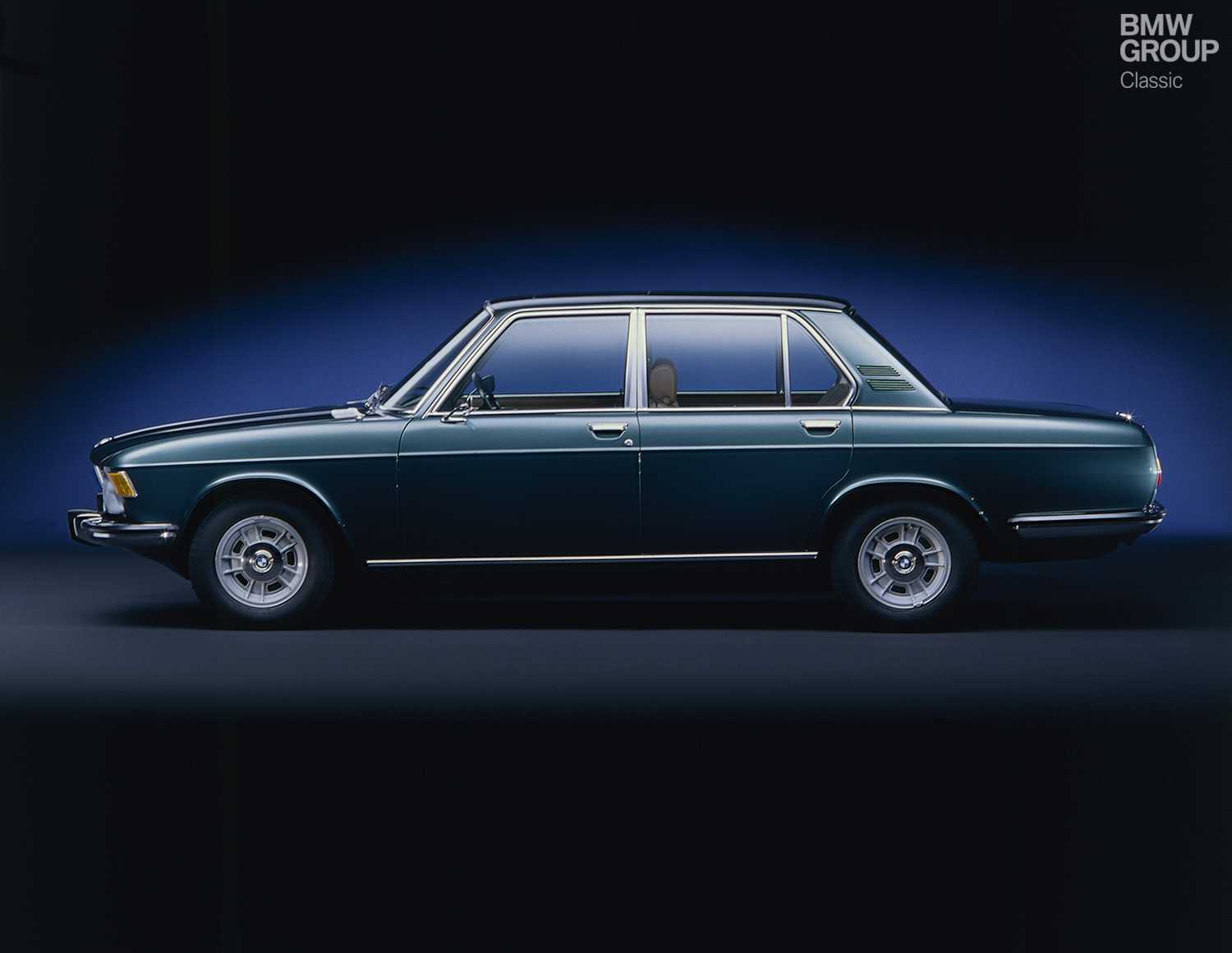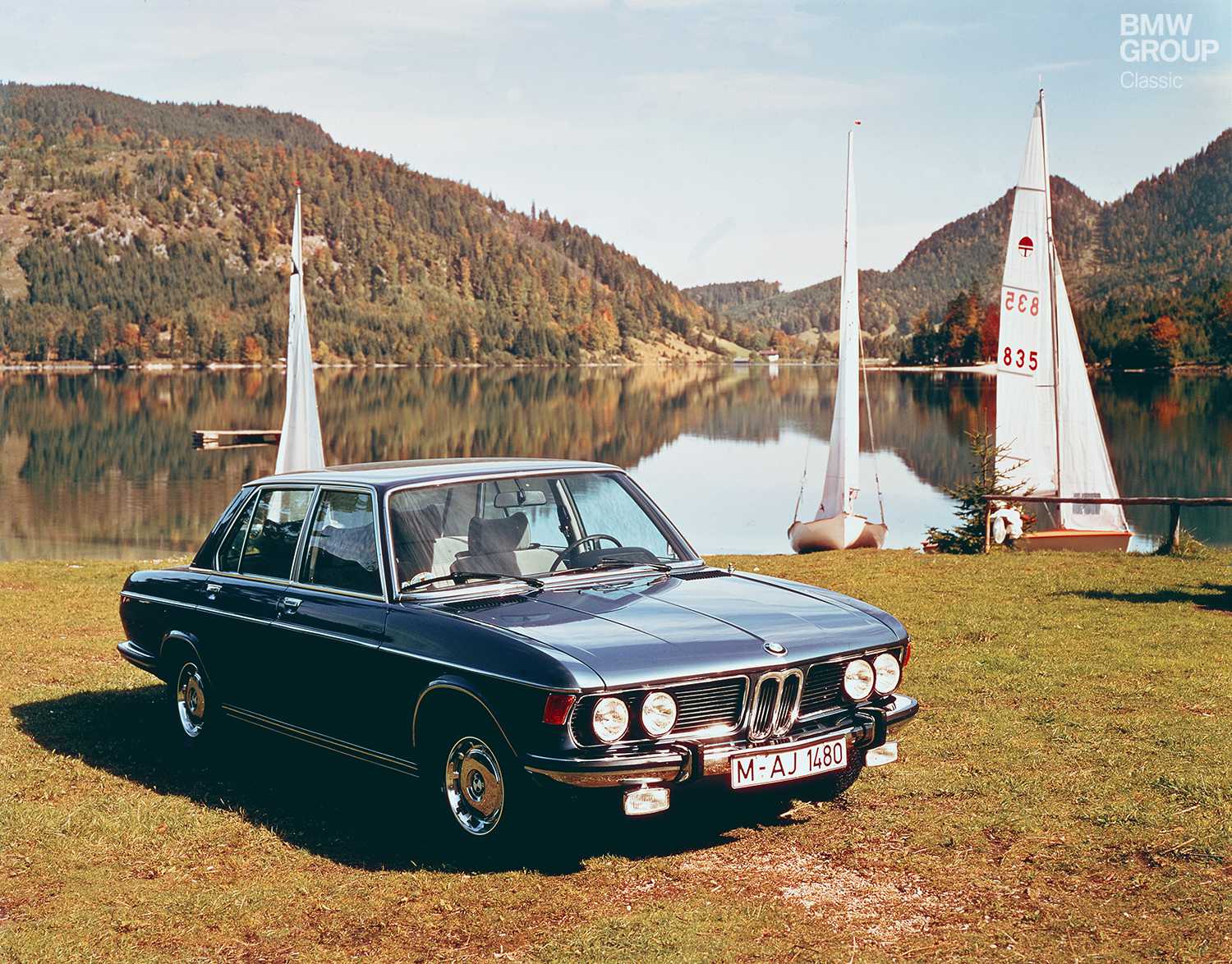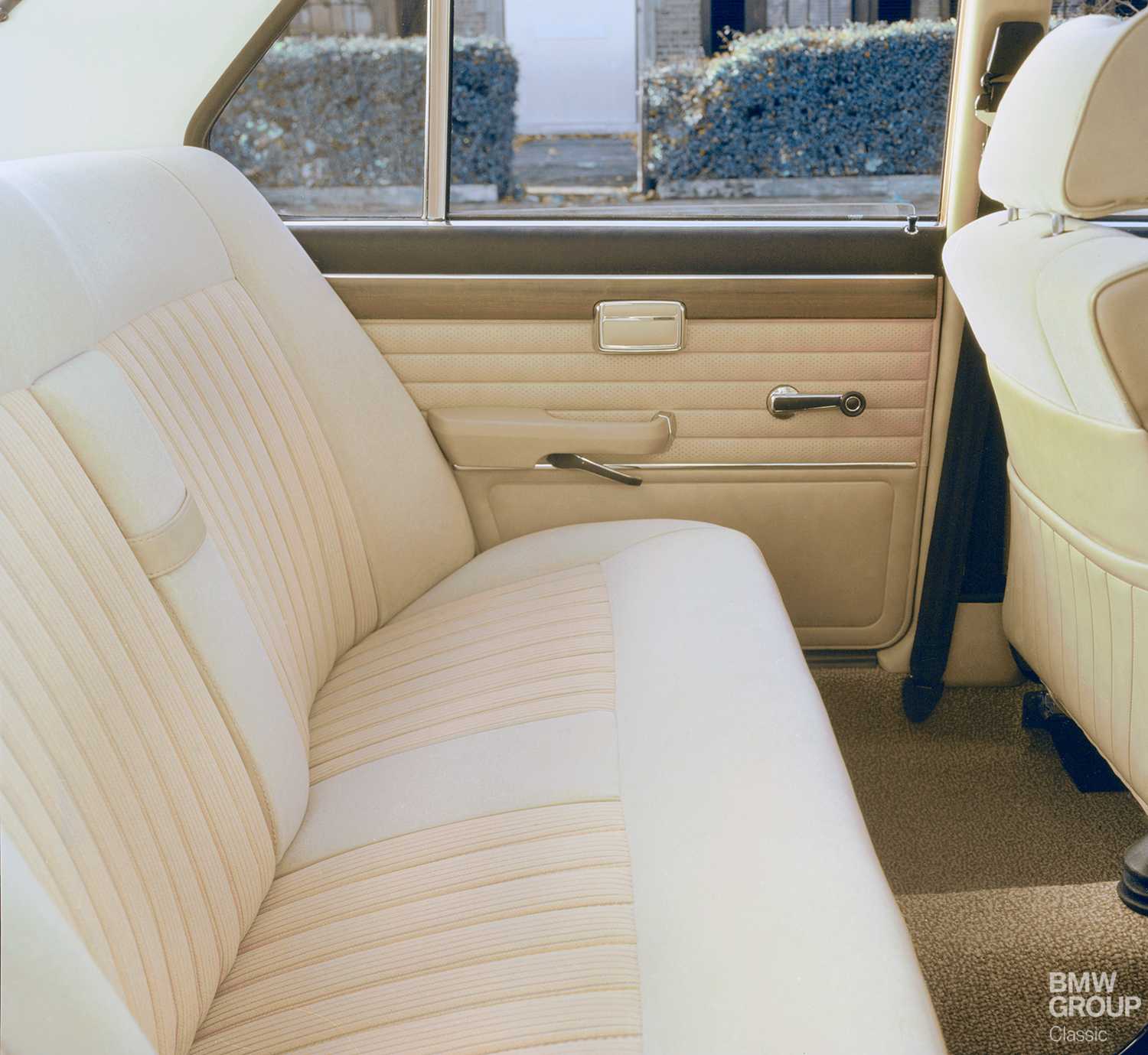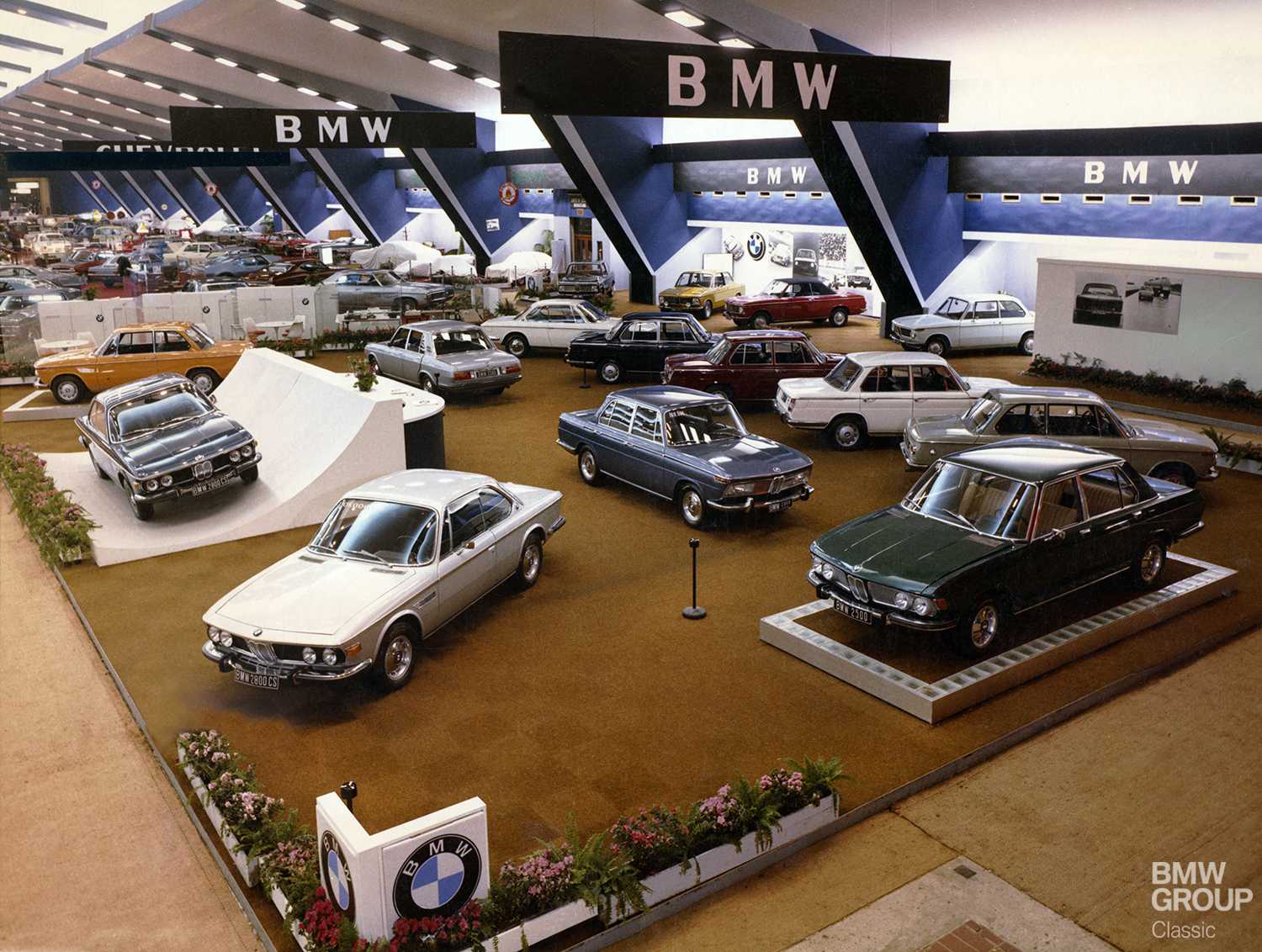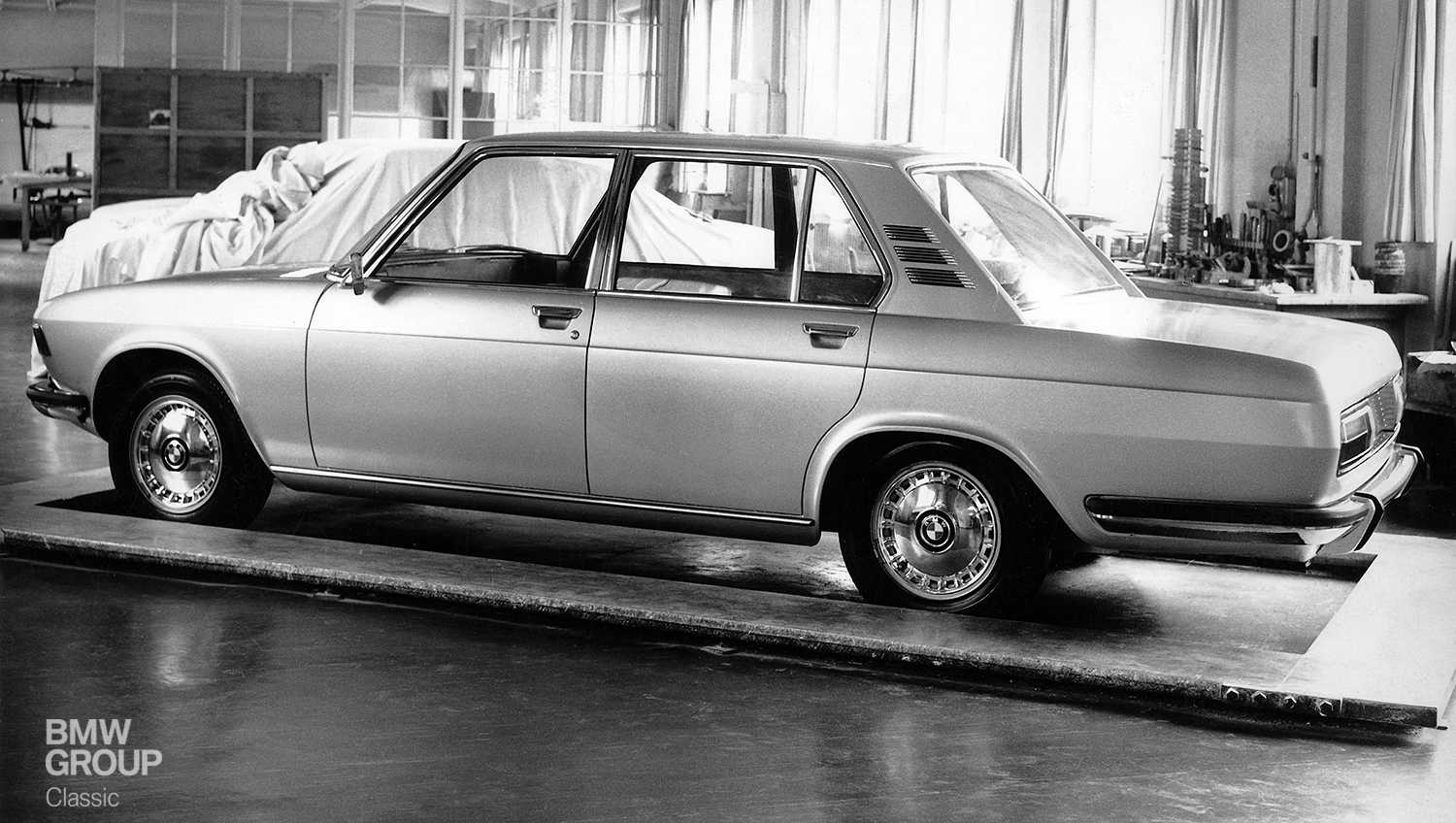There was a lot of dreaming going on c. 1968. From moon voyages to world revolution, just about anything was fair game. In Munich, too, any sense of modesty appeared to have left the building. The “Neue Klasse” range of BMWs had provided a bridge over troubled waters and the 02 models added fresh success and sales volumes to the mix; it was time to return to the luxury class, where BMW had previously enjoyed such resounding success. Cue the arrival of something rather special, the likes of which this segment had never seen: a classy sedan boasting the performance, poise and assurance of a sports car. Its newly developed engine was to write a new chapter in BMW history.
As the 1960s got into their stride, BMW’s star was soaring. The company had long since weathered its most recent storm and sales figures knew only one direction of travel: upwards. However, at the luxury end of proceedings BMW was conspicuous by its near absence, the regal BMW 3200 S having been stood down in 1963 (although its alloy eight-cylinder engine lived on until 1965 in the Bertone-bodied BMW 3200 CS). Deflecting attention from the void was the company’s burgeoning mid-size line-up, fronted by the 1966 BMW 1600. Two years later, though, luxury cars were back on the menu.
A phenomenal straight-six engine takes to the stage.
BMW had made quite a name for itself before the war with its six-cylinder in-line engines. And after hostilities came to an end, a magnificent V8 stepped in to redefine the image of the brand. Here was pure luxury for a small, well-heeled clientele. Major success followed in 1962 in the shape of a four-cylinder variant, and it was hoped this unit would also provide a springboard back into the luxury class. The “four” was handed an extra pair of cylinders to assist its cause, creating a six-cylinder in-line machine in the finest BMW tradition. None of this was quite as easy as it might seem, of course; considerable expertise and meticulous workmanship were required to instil the legendary turbine-like smoothness for which the straight-six continues to be lauded so heartily to this day.
Performance and passion.
The editors of German motoring magazine auto motor und sport could hardly contain themselves: “BMW’s straight-six sets new standards in its class,” they gushed in the 26/1968 issue. “It chalks up another victory for the piston engine.” Indeed, the scribes even compared its refinement with the Wankel engine, the ultimate in vibration-free propulsion systems at the time.
The torquey new engine developed 150 hp in the BMW 2500 and offered “the performance of a full-blooded sports car.” Fresh from recording test figures of 0-100 km/h (62 mph) in 8.9 seconds and a top speed of 195 km/h (121 mph), auto motor und sport returned with more praise: “This engine is a great success and provides the best platform we can imagine for the sales success of the new car.”
The body: simple elegance.
The BMW 2500 was doing battle with established players in the luxury class. But none could complement their inherent comfort and quality of workmanship with the streak of sporting dynamism injected by the 2500. BMW targeted its customers carefully, appealing to professionally successful people who liked to drive. This was a clientele who expected opulence, but also gained much pleasure from the art of majestic motoring. The neat, clean design of the BMW 2500 was very much in keeping with its character as a whole. It was a relatively compact car in dimensions, and had clear, frippery-free instruments, a precise gearshift that was easy of throw, and steering that, though unassisted, still managed to have “a lightness bordering on the miraculous” (auto motor und sport).
Chassis: sporty and comfortable.
Racing legend Schorsch Meier may have found it “Vui z’weich!” (much too soft), but the new BMW 2500 successfully trod the middle ground between riding comfortably over the road and holding onto it with keen enthusiasm. It certainly wanted to avoid the “club sofa” syndrome, whereby many a luxury conveyance would have to lean dramatically into corners just to make it out the other side. But equally, this was to be no uncompromising, hard-as-nails sports car. Customers could order anti-roll bars for the front and rear axle, but the folk at auto motor und sport advised against them; the magazine’s testers reckoned the standard set-up to be the best solution.
At 15,485 marks, the new BMW 2500 was priced confidently against the luxury car establishment. The cover of auto motor und sport’s 26/1968 issue greeted it with the strapline: “A car we’ll all be talking about.” And sure enough, we’re still taking great pleasure in doing so a full half-century down the line.
